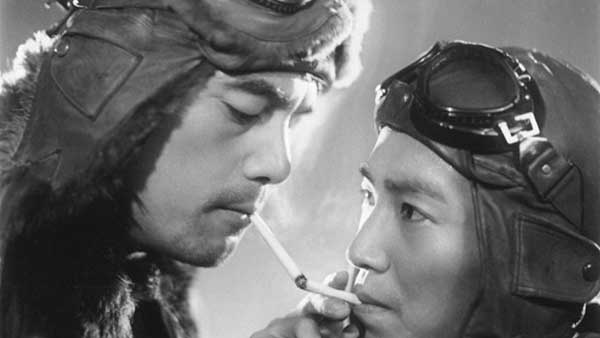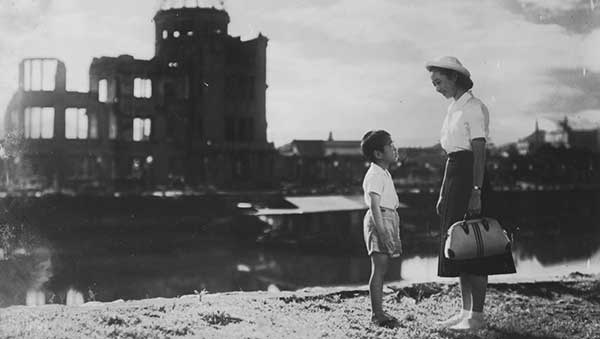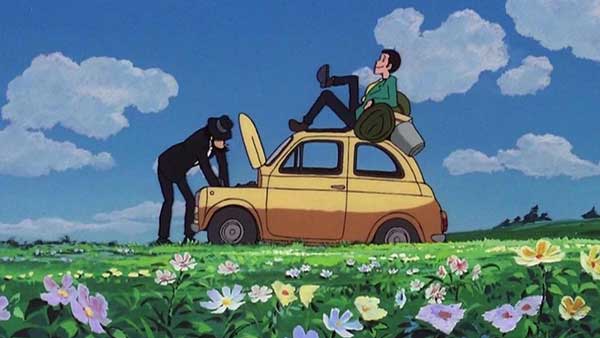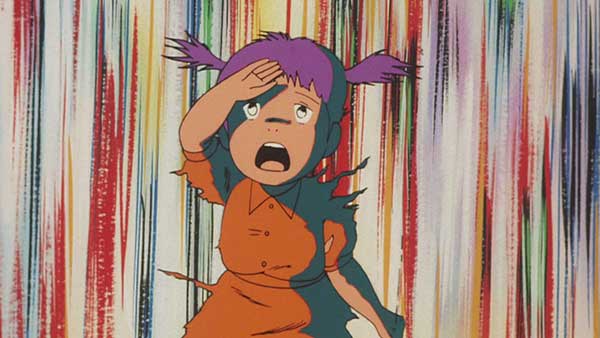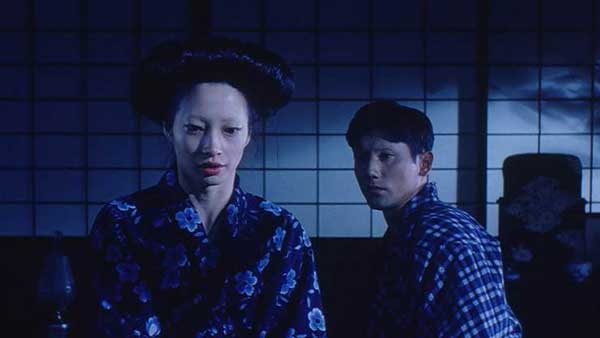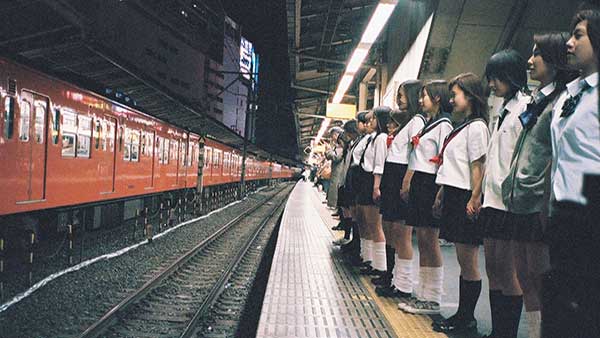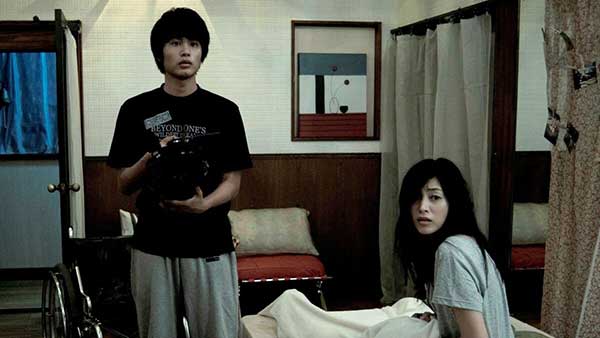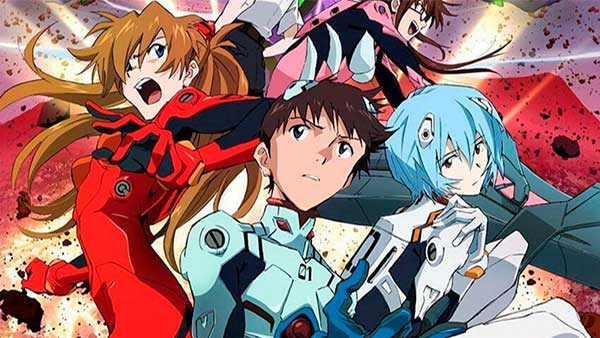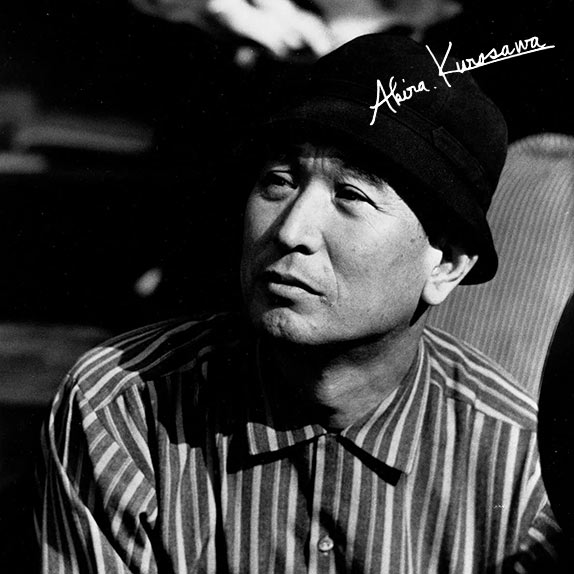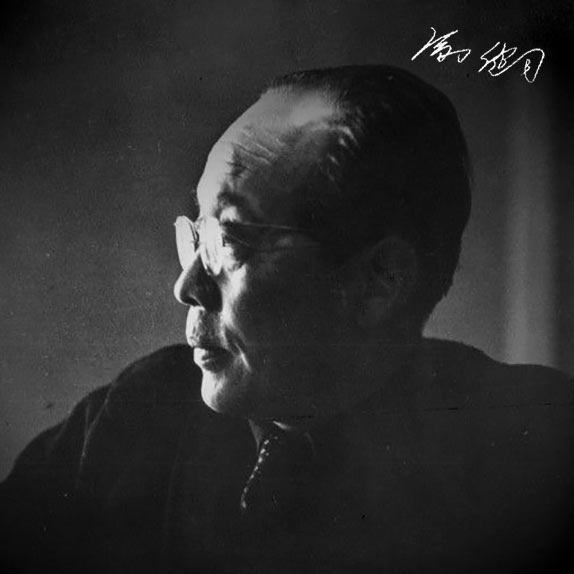The cinema of Japan in the 1940s is best represented by two directors – Kajiro Yamamoto and Akira Kurosawa. The former is remembered for his dramas during this period, including “War at Sea from Hawaii to Malaya,” “Horse,” and “The Falcons of Kato.”
Akira Kurosawa is famous for many of his films on military and political themes, including “The Judo Saga,” “No Regrets for Our Youth,” and “One Wonderful Sunday.” The film that was directed jointly by Yamamoto and Kurosawa, “Those Who Make Tomorrow,” is also interesting. This applies to Yamamoto and Kurosawa themselves, as they laid the foundations of Japanese cinema.





